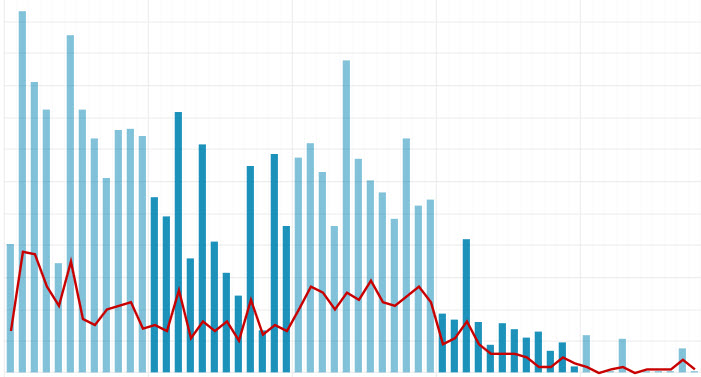 Today we welcome Robert Kneschke, an influential german Stock Photographer, who on top of running a successful stock photography business, also spends a lot of time teaching others via his blog and his books. Learn why Robert thinks perseverance is your key to success! You can see his portfolio here.
Today we welcome Robert Kneschke, an influential german Stock Photographer, who on top of running a successful stock photography business, also spends a lot of time teaching others via his blog and his books. Learn why Robert thinks perseverance is your key to success! You can see his portfolio here.
Tell us, where do you live and where are you from? Is that where you produce your photography?
My name is Robert Kneschke and I was born in Berlin, Germany. I now work and live in Cologne, Germany.
When did you discover your interest in photography?
I have been taking pictures since I was a little child. My first camera did not even have batteries and only one button: the trigger.
How did you find microstock and why did you get involved? Has it changed your life?
When I was about 15 years old I started selling my images of Berlin, flowers and nature on a Berlin art market to tourists, but that was hard work with little pay.
Soon I discovered that I could sell my images online as well, so I gave it a try. At that time I was studying Political Science. After finishing my studies in 2007 I gave myself one year: “If you can make a living selling stock images, I’d become a stock photographer, if not I’d try to find a job with my university education”. Fortunately, it was stock photography which won!
Thank you for image! What inspired you to take this picture?
I did a similar shot a while before taking this image, so I knew it would probably sell well. What really surprises me is that when I find this image in action, only a few customers actually use the copy space provided in the image. Originally I thought that would be a main selling point of this image.
What does this image’s revenue chart tell you?
The image was a best seller, but after about three years it died off quickly. This reminds me that you need to “feed the beast” in order to achieve a steady income.
Did you expect such a revenue chart? Are you happy with it?
Yes, I am very happy with it.
The microstock market is huge. How do you analyse the market? Is it an important part of your workflow?
Yes, of course. Preparation is key. When it comes to distributing my images to new agencies I have some colleagues which whom I can confidentially share download and sales numbers to analyze the potential of agencies I do not yet deliver to.
Prior to a shooting I dig into image research to see what has already been done on a topic, what will be needed in the future and so on. Stock Performer is a great help in figuring out what sold best in the past and what are upcoming bestselling images.
Do you believe in “quantity” or “quality”? What is most important for you and why?
That is difficult. I try to achieve quantity with a high level of quality, though I am not a perfectionist. So if in doubt I head for quantity. But since I am a one-man-band, my quantity cannot compare with the big image factories.
What does your typical production process look like?
Based on research I usually decide on a location and a topic and look for an appropriate set of models. Sometimes the other way around. Then I do a visual and written moodboard with shooting ideas, gather props and prepare my stuff for the shooting.
After the shooting I pre-select the best images, then have a second selection run, after that I edit the images, keyword them in German, translate them into English and upload them.
Would you recommend photographers to take risks and invest in employees or assistants, or outsource, to help them in their production process?
Sometimes I outsource some parts of my workflow like retouching, keywording or uploading, but it is hard to find good people that do it exactly the way you want to. I don’t think though that outsourcing is a big risk, it is just a form of investment.
I like to be involved in every step of the process and though that might not be good for the “quantity”, it certainly is for the quality.
Where do you think the stock photography business is going? How do you see the next years?
I think some smaller agencies will go out of business, because the Big 4 will continue to dominate the market. The race to the bottom probably and hopefully will have stopped, because Stocksy and Symbiostock offer interesting new business models.
What is your advice to remain a successful stock photographer in upcoming years?
Perseverance. Keep it coming. I stumble across many great portfolios where contributors stopped uploading two years ago. That is a pity sometimes.
Tell us, when you are not doing photography, how do you relax and enjoy your free time?
I tend to eat (too much) ice cream and write about it in my ice cream blog www.eis-machen.de. I love to read books and comics, especially from Carl Barks, Don Rosa and Bill Watterson.
Thank you very much for your time, it was a pleasure talking to you!
Thanks to you.
If you haven’t joined Stock Performer yet, join the free trial now!
You enjoyed this interview?
Then read more here: Interview Series

